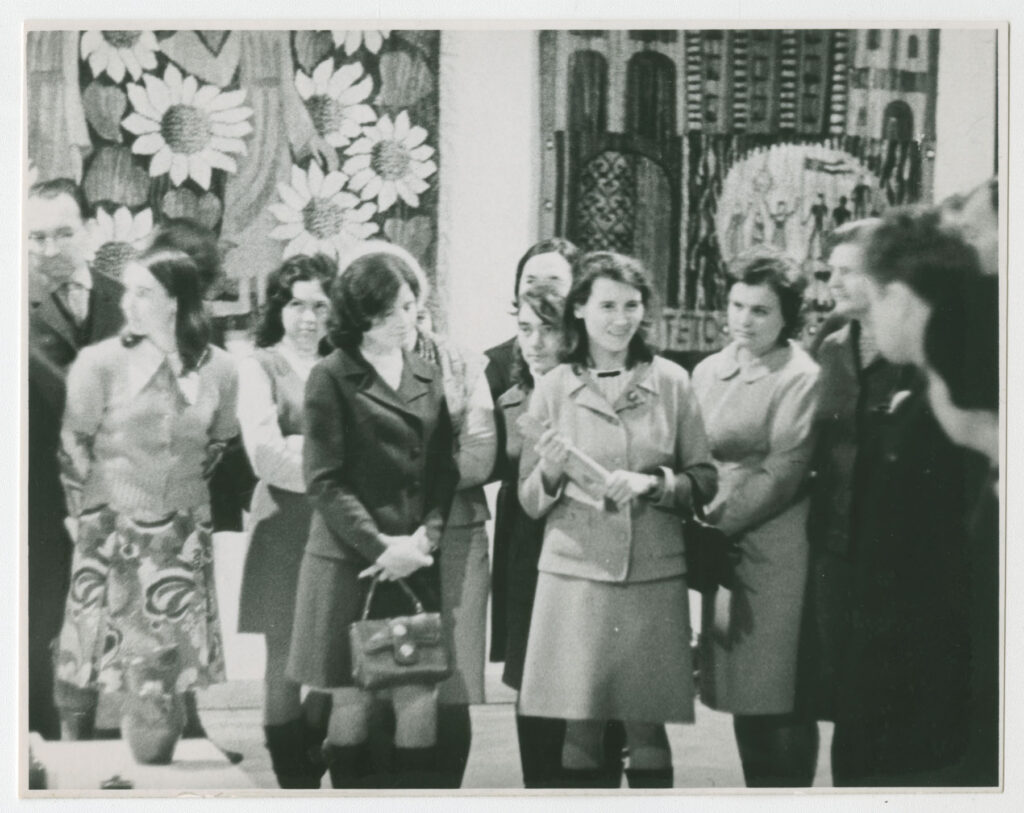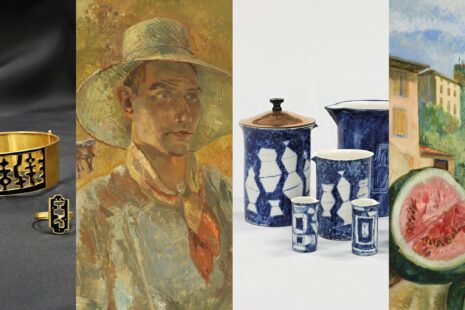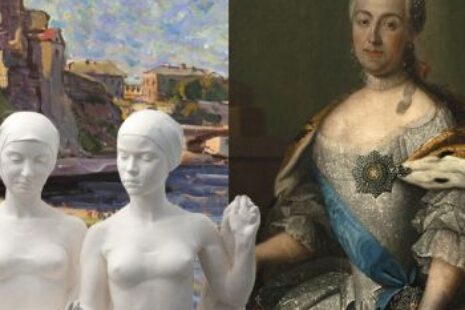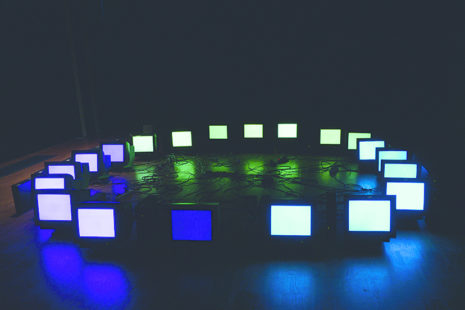On 1982 a permanent exhibition of Soviet art was opened on the second floor of the gallery. As one of the branches of the then M. K. Čiurlionis State Museum of Art, it had a status of an ideological cultural institution which was to reflect the officially promoted art of socialist progress. Topical genre compositions by artists of Lithuania and from all over the Soviet Union transmitted pride and glory on the system, and portraits, as a rule, featured honoured people of the society.
In the same year, the group “Five Painters of Kaunas” including Alfonsas Vilpišauskas, Mikalojus Šalkauskas, Alfredas Šatas, Jūratis Zalensas and Arūnas Vaitkūnas organized the exhibition which demonstrated ‘silent modernism’ simultaneously revealing their inner states. Also, this event pictured another – the outsider position of the artists which, unfortunately, did not grant them privileges characteristic of the Soviet art system. Moreover, in frequent case, the creators were excluded from the exhibition area.
It was customary that before the opening all artistic shows had to be inspected by special authorities, i. e., the museum’s scientific council, a chairman of the Artists’ Union, and representatives of the Central Committee, often accompanied by the security employees.
The review of the period winds up with the creation of the then young generation of artists, which coincided with the commence of the “perestroika” that involved political and economic reforms initiated by a new leader of the USSR Mikhail Gorbachev. A group of young artists from Kaunas had changed the current perception of the tradition and led to the introduction into art studies a term ‘a new worldview’. That was also the time when usual state commissions began to disappear, the creation of monuments ceased, instead, smaller, individualized forms took shape in painting and sculpture.
Symbolic animals with diverse characteristics – elephants and chameleons – were chosen to describe the creators of the Soviet era. Elephants – loyal animals inclined to cherish rituals and traditions, domestic and emotional. Chameleons are lizards with specific features that help them adapt to different circumstances. Changing skin colour, gripping fingers, and a clinging tail, as well as a sticky tongue put out quite far, and the ability to see with each eye separately – these are abundant gifts of nature that help animals find prey and defend themselves from enemies.
The exhibition does not aim to strictly distinguish between the works that should be considered ‘adapted’ and which should be labelled ‘isolated from the system’. Even in the ‘conformist’ works one can define the professionalism and sharpness of the idea to follow. Similarly, in ‘non-conformist’ works, the idea and means of expression do not always outweigh the professionalism.
Curator of the exhibition Kristina Civinskienė
Gallery name: Kaunas picture gallery
Address: K. Donelaičio St. 16, Kaunas
Opening hours: Tue, Sat-Sun 11:00 - 17:00, Wed-Fri 11:00 - 19:00
Open: 10.09.2020 - 30.05.2021







